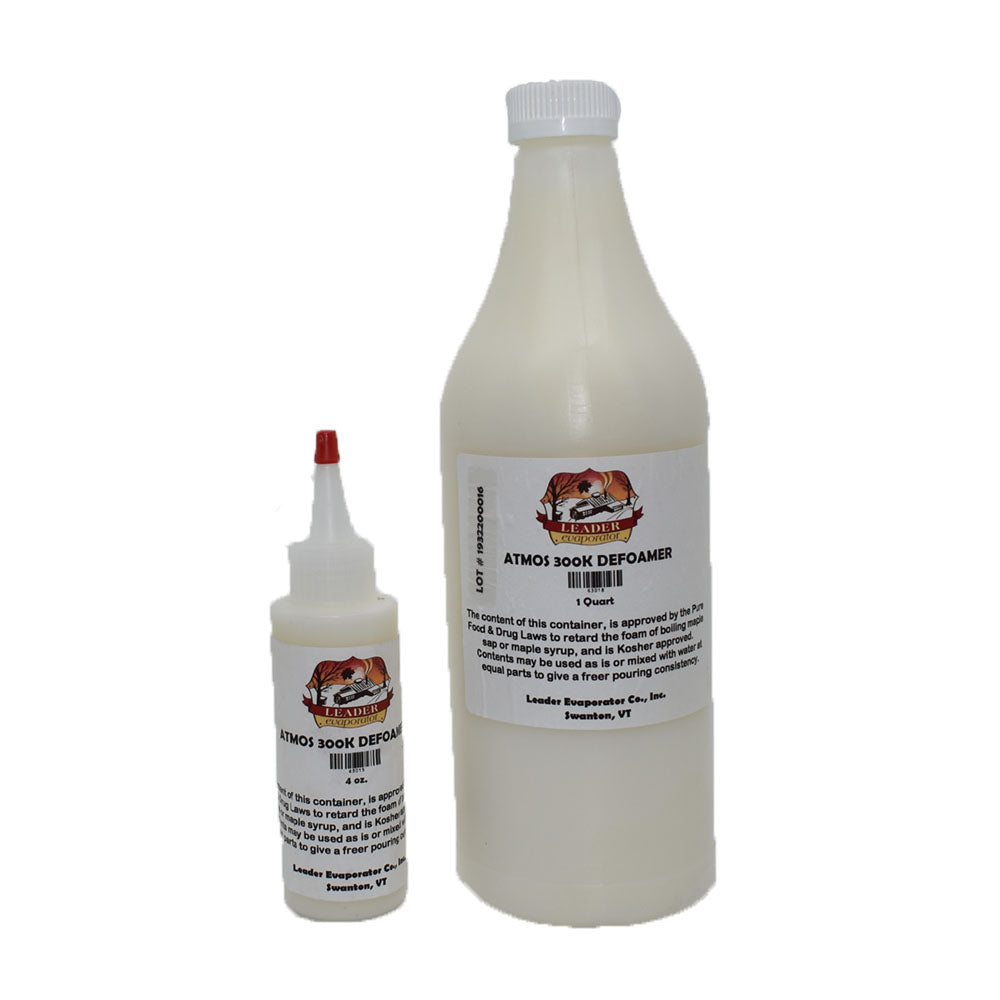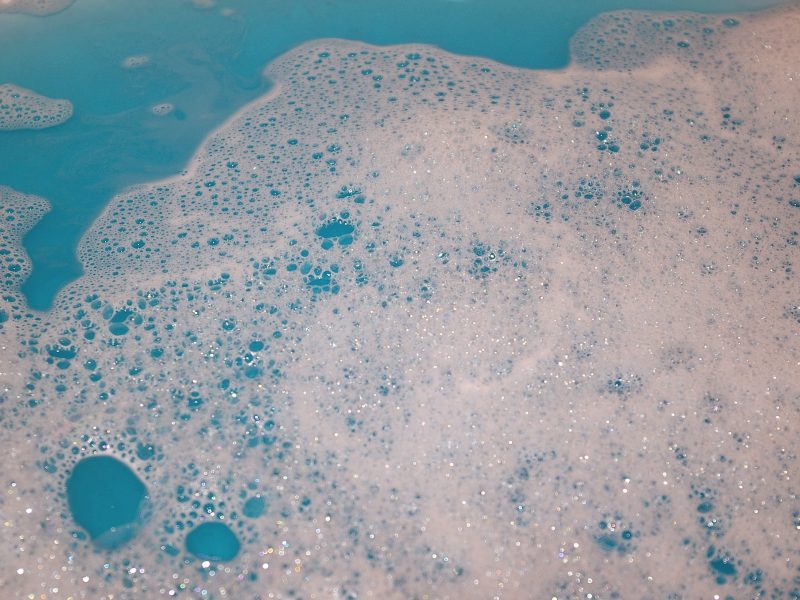How Defoamers Enhance Efficiency in Manufacturing and Production
How Defoamers Enhance Efficiency in Manufacturing and Production
Blog Article
The Role of Defoamers in Enhancing Item High Quality and Performance
In various making procedures, the visibility of foam can dramatically prevent product high quality and operational efficiency. Defoamers work as essential ingredients that minimize this issue, ensuring smoother manufacturing process while enhancing the visual and practical qualities of the end products (defoamers). Their application spans a plethora of markets, from food and beverage to drugs, where consistency and dependability are paramount. However, the option of the suitable defoamer can be critical to achieving optimum outcomes, elevating crucial concerns about formulation compatibility and performance metrics that warrant additional exploration.
Understanding Defoamers
Comprehending the function of defoamers is vital for keeping item top quality throughout numerous sectors. Defoamers are chemical ingredients designed to reduce and avoid the formation of foam in liquid systems, which can negatively influence procedures such as blending, filling up, and surface area stress. Frothing can lead to inadequacies, item problems, and endangered visual allure, making defoamers a crucial component in manufacturing procedures.
In industrial applications, defoamers aid to improve item consistency and security. The effective usage of defoamers not only makes certain smoother manufacturing processes however additionally contributes to superior item performance.
Additionally, the selection and solution of a defoamer should align with specific application needs, such as compatibility with other ingredients, effectiveness under varying temperature and pH problems, and prospective regulative constraints. Ultimately, understanding defoamers' features and their value in different formulas is vital for optimizing manufacturing and ensuring the best quality final product.
Kinds Of Defoamers
Defoamers can be classified into several kinds based on their make-up and mechanism of activity. The main kinds include silicone-based, non-silicone natural, and inorganic defoamers.
Silicone-based defoamers are among the most effective, primarily due to their capacity to spread rapidly on the liquid surface and disrupt foam formation. Their special chemical framework enables for superior stability, making them appropriate for high-temperature applications and atmospheres with varying pH degrees.
Non-silicone organic defoamers, often composed of natural oils or fats, are valued for their biodegradability and reduced poisoning. These are usually utilized in food and beverage applications where safety and environmental impact are critical.
Inorganic defoamers, that include materials like talc or calcium carbonate, act by raising the thickness of the fluid, consequently decreasing foam stability. They are commonly made use of in commercial processes where compatibility with various other products is not a worry.
Each kind of defoamer has unique advantages and restrictions, enabling for tailored solutions relying on the details frothing issues encountered in numerous applications. Recognizing these differences is critical for maximizing efficiency and accomplishing desired item quality.
Applications Across Industries
Various industries leverage defoamers to improve item top quality and functional effectiveness. In the food and drink market, defoamers are crucial in processes such as brewing and milk production to avoid foam development, which can lead to inadequacies and product inconsistency. By managing foam, makers can ensure better yield and a much more consistent product.
In the pharmaceutical market, defoamers play a vital function in the solution of fluid drugs, where excessive foam can hinder blending and exact dosing. Their use aids preserve the honesty of the formulations and assists in smoother manufacturing procedures.
The paint and coverings market additionally relies upon defoamers to enhance the performance of products throughout application. By minimizing foam, these additives ensure a smoother surface and enhance the aesthetic top qualities of the end product.

Advantages of Using Defoamers
While the application of defoamers varies throughout sectors, their benefits continually improve product top quality and procedure efficiency. One substantial benefit is the reduction of foam development throughout making processes, which can otherwise cause production hold-ups and disparities in item quality. By lessening foam, defoamers allow a smoother circulation of materials, promoting much more efficient operations and decreasing the possibility of equipment malfunctions.
Additionally, the usage of defoamers can boost the look and structure of last items. In industries such as finishings, paints, and food processing, excessive foam can endanger the aesthetic appearances and total quality, while the appropriate defoamer application guarantees a consistent finish and desirable qualities. Defoamers can add to set you back savings by reducing waste during manufacturing and optimizing the usage of raw products.

Picking the Right Defoamer
Selecting the right defoamer is essential for enhancing production procedures and guaranteeing item high quality. The option of defoamer affects not just the efficiency of foam control yet also the overall efficiency features of the last item. Factors click to read more to consider recommended you read include the sort of application, the chemistry of the formulation, and the environmental conditions under which the item will be made use of.
Various markets may call for particular defoamer kinds, such as silicone-based, natural, or polymeric defoamers. Understanding the compatibility of the defoamer with the primary ingredients is vital to prevent damaging reactions that could endanger item integrity. In addition, the defoamer's efficiency in various temperatures and pH levels have to be assessed to guarantee consistent efficiency.
Testing the defoamer in small applications can supply valuable understandings right into its efficiency and viability. Consideration of governing conformity, specifically in food, drugs, and cosmetics, is extremely important in selecting a defoamer. Ultimately, a detailed analysis of these aspects will certainly result in the option of a defoamer that not only controls foam efficiently however additionally enhances the top quality and performance of the end product.
Verdict

In verdict, defoamers are crucial additives that substantially enhance product high quality and efficiency throughout various markets. The tactical option and application of defoamers lead to cost financial savings, optimized resource use, and increased client fulfillment.
Foaming can lead to ineffectiveness, product issues, and endangered aesthetic appeal, making defoamers an essential element in producing procedures.

Report this page